Outboard Carburetor vs. Fuel Injection: Which System Is Right for Your Boat?
When it comes to outboard motors, one of the most significant technological choices boat owners face is between traditional carburetor systems and modern electronic fuel injection (EFI). Both systems have their merits and drawbacks, and understanding the differences can help you make an informed decision for your boating needs. This comprehensive comparison will explore the pros and cons of each system across multiple factors including performance, reliability, maintenance, and cost.

Understanding the Basic Differences
Before diving into the comparison, let's clarify how these two fuel delivery systems work:
Carburetor Systems
A carburetor is a mechanical device that mixes air and fuel in the proper ratio for combustion. It operates on the Venturi effect, where air passing through a narrowed tube creates a vacuum that draws fuel into the airstream.
Key Components: - Float chamber (fuel reservoir) - Jets (fuel metering devices) - Venturi (creates vacuum) - Throttle plate (controls airflow) - Choke (enriches mixture for cold starting)
Fuel Injection Systems
Electronic fuel injection uses computer-controlled injectors to spray precisely metered amounts of fuel directly into the intake manifold or combustion chamber. The system relies on various sensors to determine the optimal fuel mixture based on operating conditions.
Key Components: - Electronic Control Unit (ECU) - Fuel injectors - Fuel pressure regulator - Various sensors (temperature, oxygen, throttle position, etc.) - Fuel pump (high pressure)

Performance Comparison
When it comes to performance, there are several factors to consider:
Power Output
Carbureted Outboards: - Can produce excellent power when properly tuned - May experience power loss at extreme altitudes - Performance can vary with temperature changes - May have inconsistent power delivery across RPM range
Fuel-Injected Outboards: - Generally provide more consistent power throughout RPM range - Maintain better performance at varying altitudes - Adapt automatically to temperature changes - Often produce slightly higher peak horsepower from the same displacement
Fuel Efficiency
Carbureted Outboards: - Typically less fuel-efficient (10-15% less efficient on average) - Cannot adjust fuel mixture in real-time based on conditions - May waste fuel during certain operating conditions - Require manual adjustments for optimal efficiency
Fuel-Injected Outboards: - Superior fuel economy (10-15% better on average) - Continuously optimize fuel mixture based on operating conditions - Precise fuel metering reduces waste - No need for manual adjustments to maintain efficiency
Starting and Idle Quality
Carbureted Outboards: - Can be difficult to start when cold - Often require manual choke operation - May flood easily if improper starting technique is used - Typically have less stable idle, especially when cold
Fuel-Injected Outboards: - Offer reliable turn-key starting in all conditions - No choke required - computer manages cold starting automatically - Virtually eliminates flooding issues - Provide smooth, stable idle in all weather conditions
Throttle Response
Carbureted Outboards: - May have slight hesitation during rapid throttle changes - Can experience "flat spots" in acceleration - Performance can vary with weather conditions - May require rejetting for optimal performance in different conditions
Fuel-Injected Outboards: - Deliver immediate throttle response - Provide smooth, linear acceleration - Maintain consistent performance regardless of weather - Automatically adjust for optimal performance in all conditions
Reliability and Durability
Reliability is a critical factor for any marine engine:
Overall System Reliability
Carbureted Outboards: - Proven technology with decades of refinement - No electrical components required for basic operation - Can often be started manually if battery fails - Less sensitive to fuel quality issues
Fuel-Injected Outboards: - Modern systems have become extremely reliable - Dependent on electrical system for operation - Cannot be started without battery power - More sensitive to fuel contamination and quality

Weather and Environmental Factors
Carbureted Outboards: - Performance can vary with humidity and temperature - May require seasonal adjustments - Can be affected by freezing temperatures - May experience vapor lock in hot conditions
Fuel-Injected Outboards: - Automatically compensate for weather changes - No seasonal adjustments needed - Better cold-weather performance - Reduced risk of vapor lock
Longevity Considerations
Carbureted Outboards: - Simple mechanical components often last decades - Parts remain widely available for older models - Can often be rebuilt multiple times - May require more frequent adjustments with age
Fuel-Injected Outboards: - Electronic components have finite lifespan - Older systems may face parts availability issues - Components like injectors have limited rebuild potential - Maintain consistent performance longer without adjustment
Maintenance Requirements
Maintenance needs differ significantly between the two systems:
Routine Maintenance
Carbureted Outboards: - Require periodic cleaning and adjustment - Need seasonal carburetor tuning for optimal performance - Float levels may need occasional adjustment - Jets may need cleaning or replacement
Fuel-Injected Outboards: - Minimal routine maintenance required - Self-adjusting system requires no tuning - Higher quality fuel filters recommended - Periodic computer diagnostic checks beneficial

Winterization Procedures
Carbureted Outboards: - Require draining of float bowls - Need fogging oil application - Relatively simple winterization process - Less concern about fuel quality during storage
Fuel-Injected Outboards: - No bowl draining required - Still need fogging oil application - Fuel stabilizer more critical during storage - May benefit from battery maintenance during storage
DIY Serviceability
Carbureted Outboards: - Highly DIY-friendly for basic maintenance - Can be disassembled, cleaned, and rebuilt with basic tools - Adjustments can be made with simple hand tools - Troubleshooting often possible without special equipment
Fuel-Injected Outboards: - Limited DIY serviceability for electronic components - Specialized diagnostic equipment often required - Injector cleaning requires specialized equipment - Many adjustments require computer interface

Cost Considerations
Cost factors extend beyond the initial purchase price:
Initial Purchase Price
Carbureted Outboards: - Typically 10-20% less expensive than comparable EFI models - Lower technology cost translates to lower MSRP - More budget options available - Often available in simpler, more affordable configurations
Fuel-Injected Outboards: - Higher initial purchase price - Technology premium adds to cost - Fewer budget options available - Often bundled with other premium features
Operational Costs
Carbureted Outboards: - Higher fuel consumption increases operating costs - May require more frequent tune-ups - Carburetor rebuild kits are relatively inexpensive - Parts generally affordable
Fuel-Injected Outboards: - Better fuel economy reduces operating costs - Fewer tune-ups required - When repairs are needed, parts are more expensive - Fuel system components cost significantly more


Repair and Replacement Costs
Carbureted Outboards: - Average carburetor rebuild: $150-300 - Complete replacement carburetor: $300-800 - Most repairs can be performed by general marine mechanics - Parts widely available from multiple sources
Fuel-Injected Outboards: - Injector replacement: $150-400 per injector - ECU replacement: $800-2,500 - Often requires specialized technicians - Parts typically available only through dealers
Practical Considerations for Different Boating Scenarios
Different boating activities may favor one system over the other:
Recreational Day Boating
Best Choice: Either system works well, with EFI offering convenience advantages
Carbureted Advantages: - Lower initial cost - Adequate performance for casual use - Simpler troubleshooting if issues arise
Fuel-Injected Advantages: - Easier starting and operation for occasional boaters - Better fuel economy for day trips - Less maintenance between uses
Fishing and Long-Distance Cruising
Best Choice: Fuel injection typically offers significant advantages
Carbureted Disadvantages: - Less fuel efficiency impacts range - May require more maintenance during extended trips - Performance can vary with changing conditions
Fuel-Injected Advantages: - Better fuel economy extends range - Consistent performance in varying conditions - Reliable starting after fishing stops

Commercial Applications
Best Choice: Depends on specific needs and operating environment
Carbureted Advantages: - Lower initial investment - Easier field repairs in remote locations - Less sensitive to electrical issues
Fuel-Injected Advantages: - Lower operating costs over time - More consistent performance - Better fuel economy for commercial operations
Vintage or Classic Boats
Best Choice: Carbureted systems maintain authenticity
Carbureted Advantages: - Period-correct technology - Maintains original appearance and character - Easier to maintain original specifications
Fuel-Injected Disadvantages: - Modern technology may detract from vintage appeal - May require modifications to accommodate electronics - Higher cost not always justified for limited use
Environmental Impact
Environmental considerations are increasingly important:
Emissions
Carbureted Outboards: - Higher emissions of hydrocarbons and carbon monoxide - Less precise fuel metering leads to more unburned fuel - May not meet current emissions standards in some areas - Older models particularly high in emissions
Fuel-Injected Outboards: - Significantly lower emissions - Precise fuel metering reduces pollution - Meet or exceed current emissions regulations - Some models include additional emissions control systems
Fuel Efficiency and Resource Conservation
Carbureted Outboards: - Less efficient use of fossil fuels - Higher consumption rate of non-renewable resources - More frequent refueling required
Fuel-Injected Outboards: - More efficient use of fossil fuels - Reduced consumption of non-renewable resources - Extended range on same amount of fuel
Making the Right Choice: Decision Factors
Consider these factors when deciding between carburetor and fuel injection:
When to Choose a Carbureted Outboard
A carbureted outboard might be the better choice if:
- Budget is your primary concern
- Lower initial purchase price
-
Less expensive to repair
-
You enjoy tinkering and DIY maintenance
- More accessible for home mechanics
-
Simpler troubleshooting and repairs
-
You boat in remote areas
- Less dependent on electronics
-
Easier field repairs with basic tools
-
You're maintaining a classic or vintage boat
- Period-correct technology
-
Maintains original character
-
You have an established relationship with a carburetor specialist
- Expert tuning can maximize performance
- Specialized knowledge can overcome limitations
When to Choose a Fuel-Injected Outboard
A fuel-injected outboard might be the better choice if:
- Convenience and reliability are top priorities
- Easier starting in all conditions
-
Less maintenance and adjustment
-
You use your boat frequently
- Fuel savings will offset higher initial cost
-
Less time spent on maintenance
-
You boat in varying conditions
- Automatic adjustment to different environments
-
Consistent performance at different altitudes
-
Environmental impact is important to you
- Lower emissions
-
Better fuel efficiency
-
You prefer modern technology
- Latest advancements in marine propulsion
- Integration with digital gauges and monitoring

Future Trends and Considerations
The marine industry continues to evolve:
Market Trends
- Carbureted outboards are becoming less common in new models
- Manufacturers are focusing R&D on fuel injection technology
- Stricter emissions regulations favor fuel injection
- Consumer preference shifting toward convenience of EFI
Technological Developments
- Direct injection systems offering further efficiency improvements
- Integration of fuel systems with digital control networks
- Improved diagnostics and troubleshooting tools
- Potential for alternative fuel compatibility
Long-Term Outlook
- Carbureted systems likely to remain available for smaller outboards
- Support for existing carbureted engines expected to continue
- Fuel injection technology becoming more affordable
- Hybrid systems combining benefits of both may emerge
Conclusion
Both carbureted and fuel-injected outboard motors have their place in today's boating world. Carburetors offer simplicity, affordability, and DIY-friendly maintenance, while fuel injection provides convenience, efficiency, and consistent performance.
Your choice should be based on your specific boating needs, budget, mechanical aptitude, and environmental concerns. Many experienced boaters maintain that a well-tuned carburetor can perform nearly as well as fuel injection in most situations, while others appreciate the "set it and forget it" nature of modern EFI systems.
Whichever system you choose, proper maintenance and care will ensure your outboard provides reliable service for many years of enjoyable boating.
This article is intended as a general guide. Always consult your engine's service manual for model-specific information. If you're uncertain about which system is right for your needs, consult a certified marine technician.
For Outboard Owners:
To assist you in maintaining and repairing your marine engines, we hope the following resources may be of use:
-
Carburetors from JLM Marine
-
Carburetor Rebuild Kits from JLM Marine
About JLM Marine
Founded in 2002, JLM Marine has established itself as a dedicated manufacturer of high-quality marine parts, based in China. Our commitment to excellence in manufacturing has earned us the trust of top marine brands globally.
As a direct supplier, we bypass intermediaries, which allows us to offer competitive prices without compromising on quality. This approach not only supports cost-efficiency but also ensures that our customers receive the best value directly from the source.
We are excited to expand our reach through retail channels, bringing our expertise and commitment to quality directly to boat owners and enthusiasts worldwide.

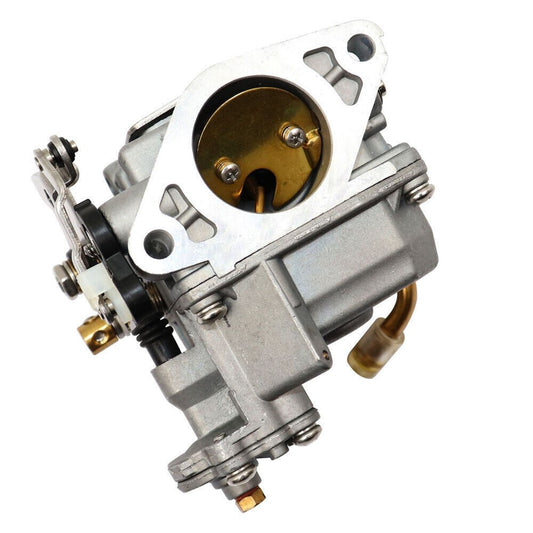
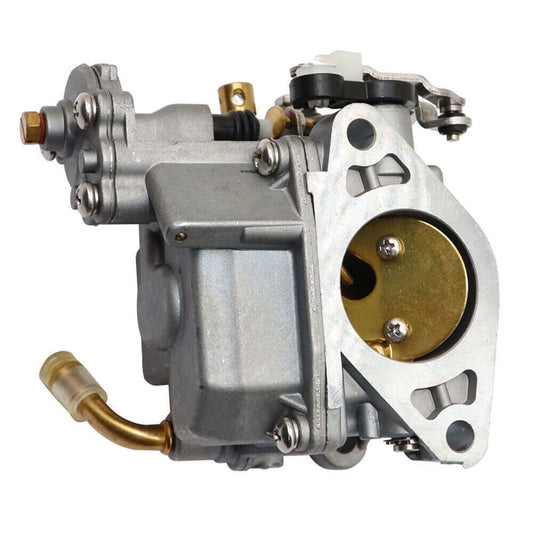
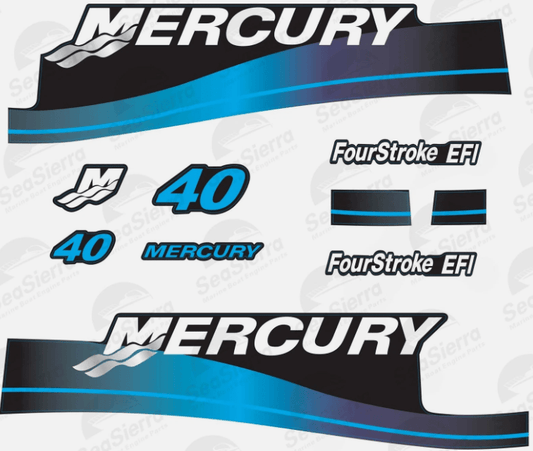
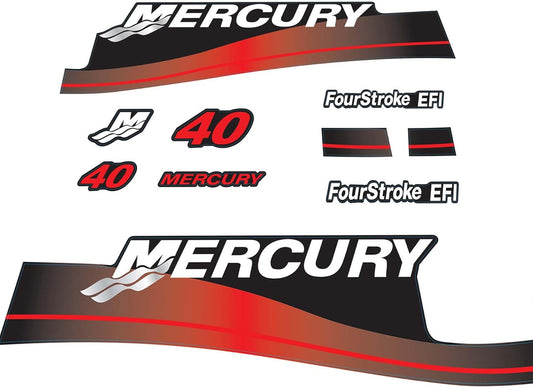
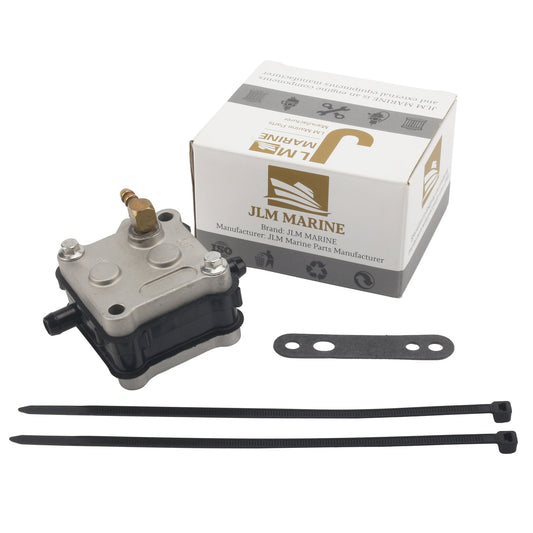
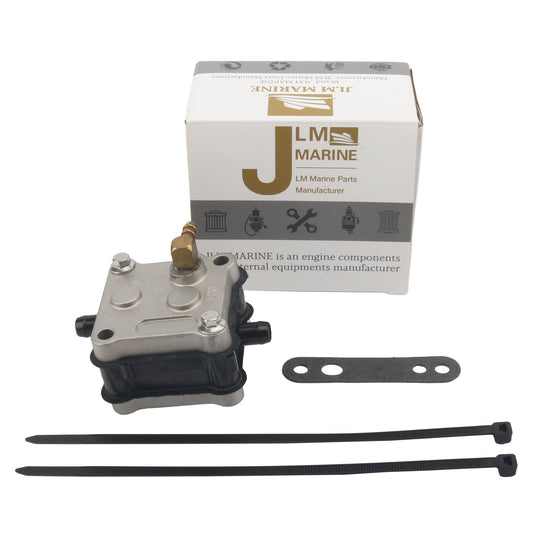

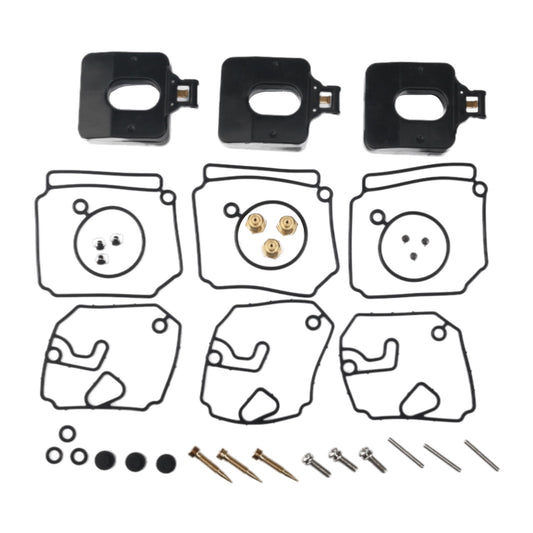
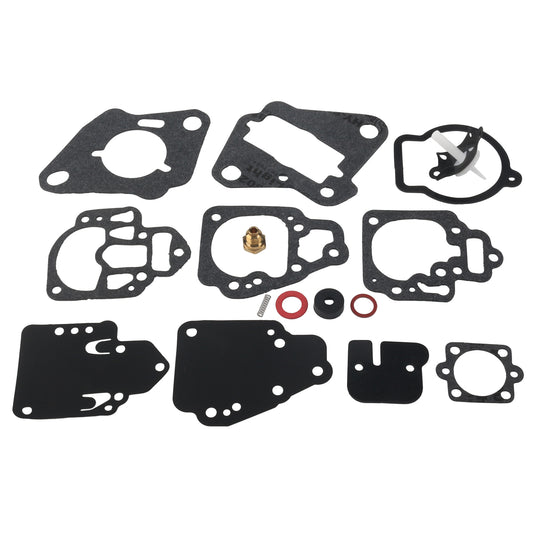
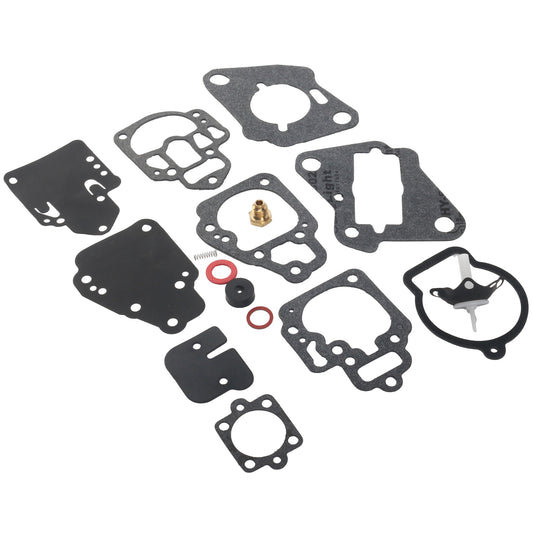
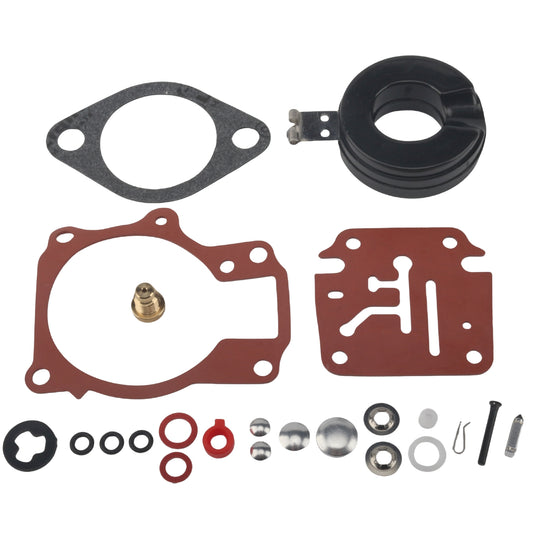
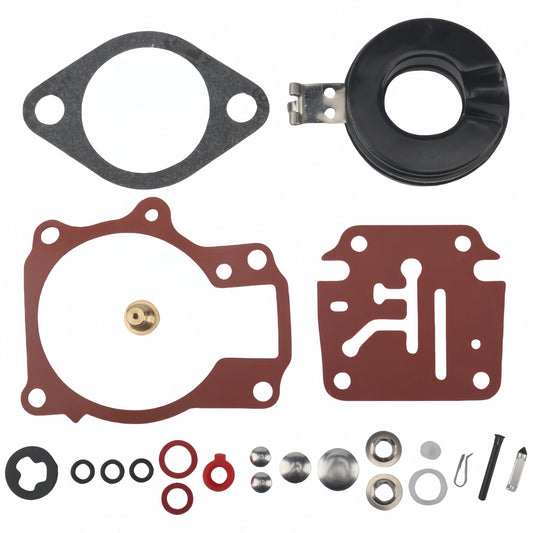
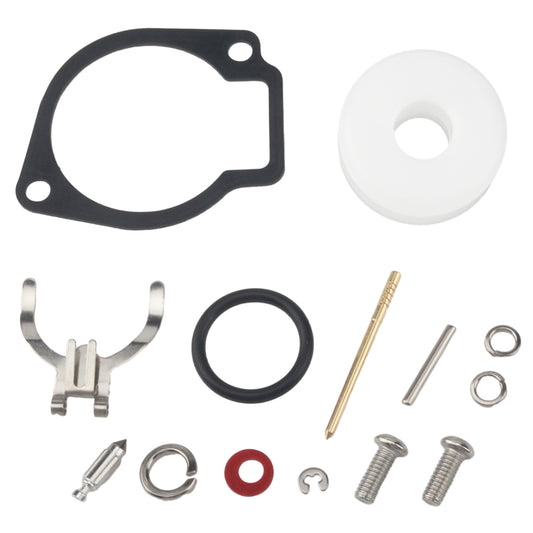
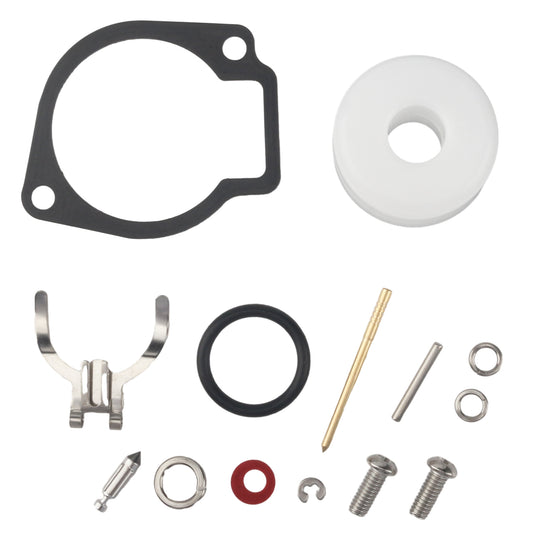
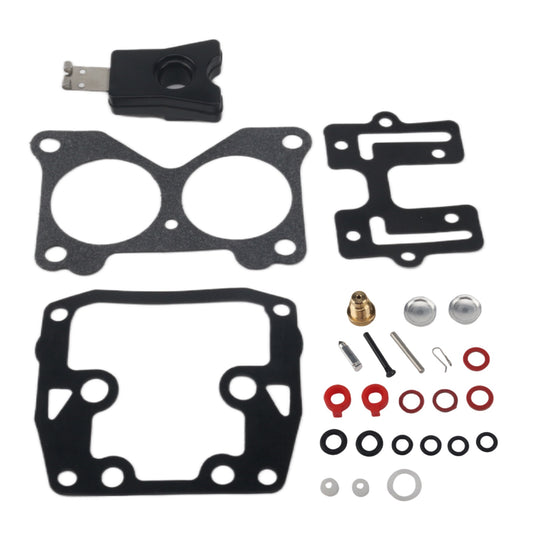
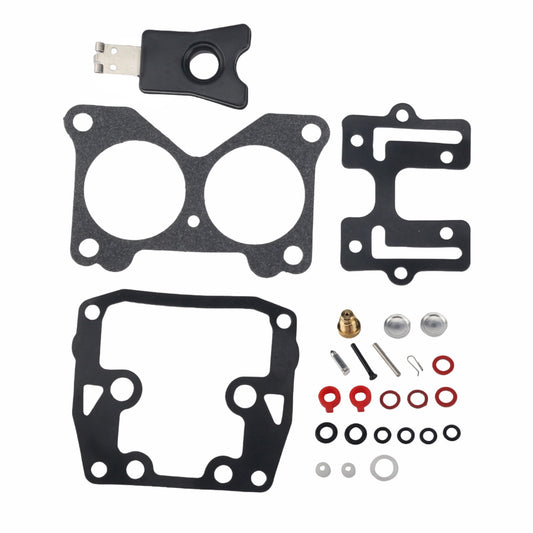
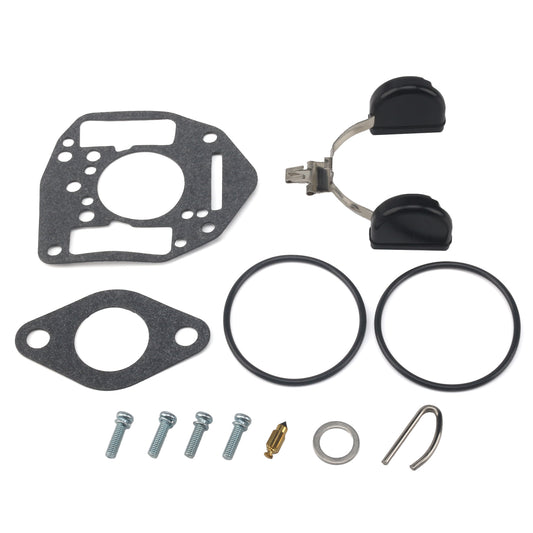
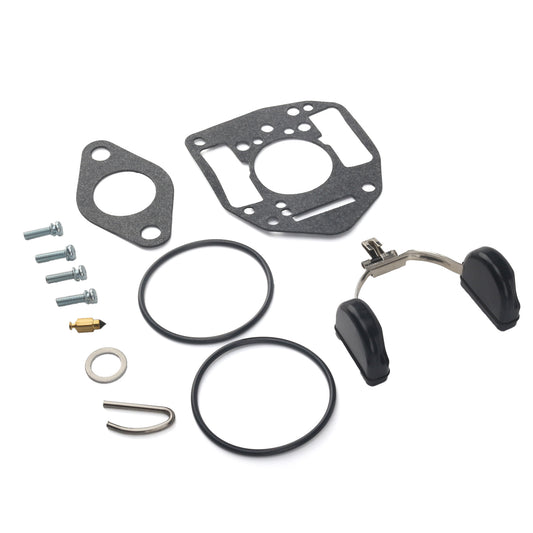
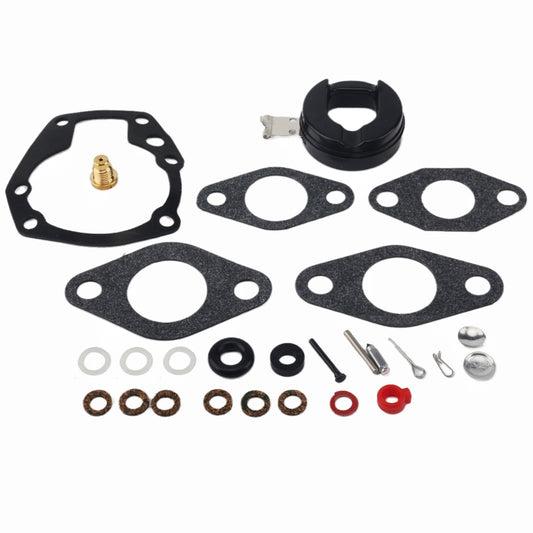
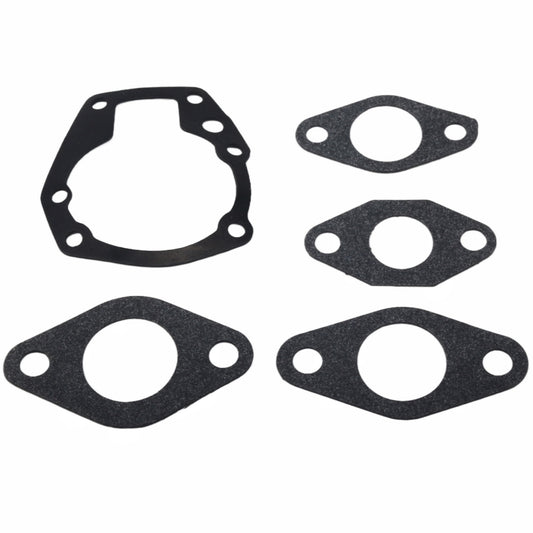
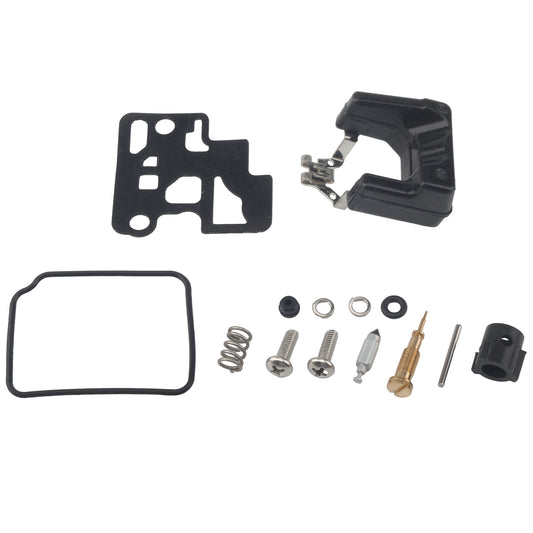
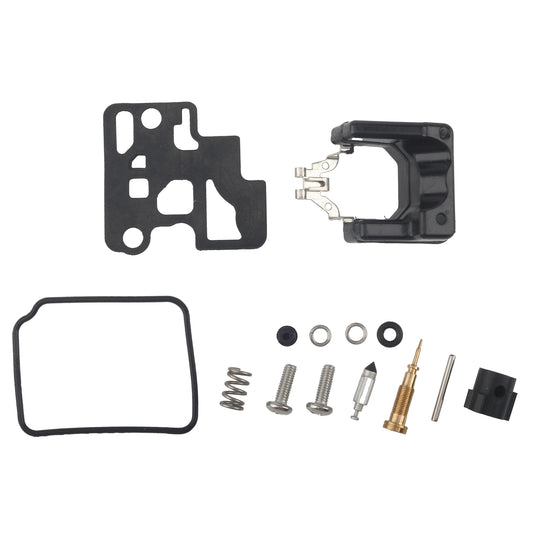
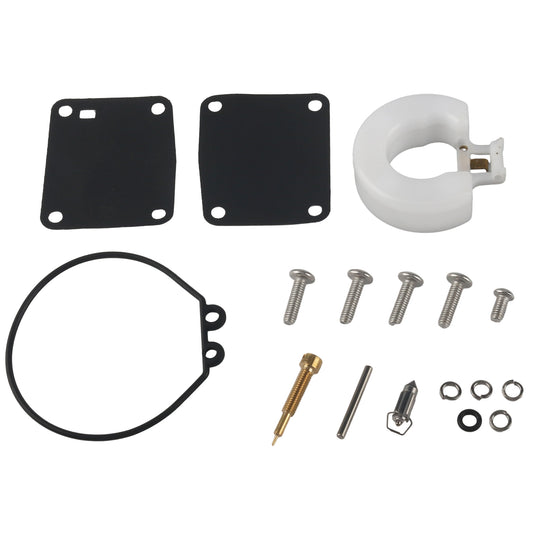


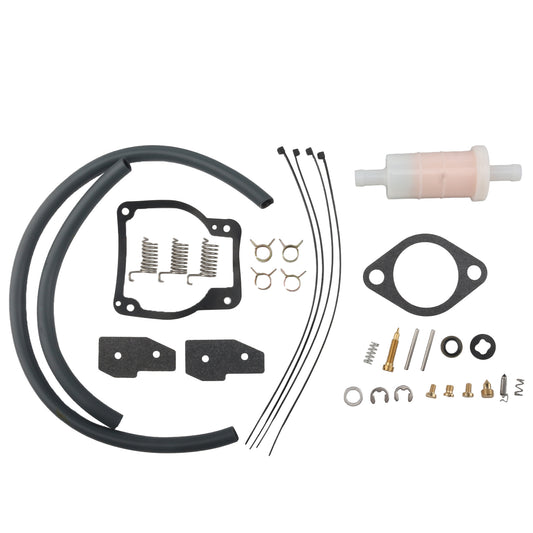
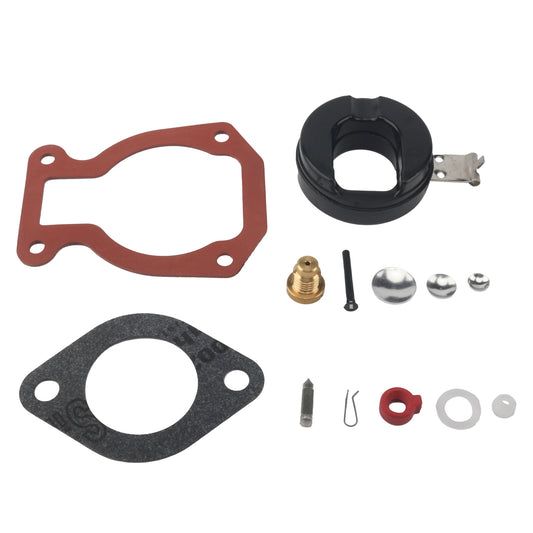
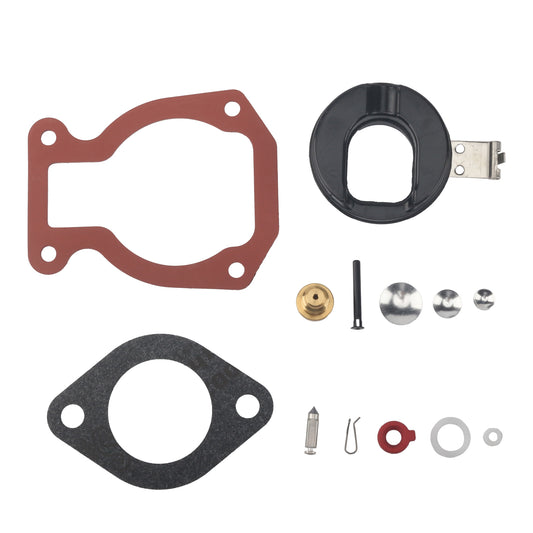
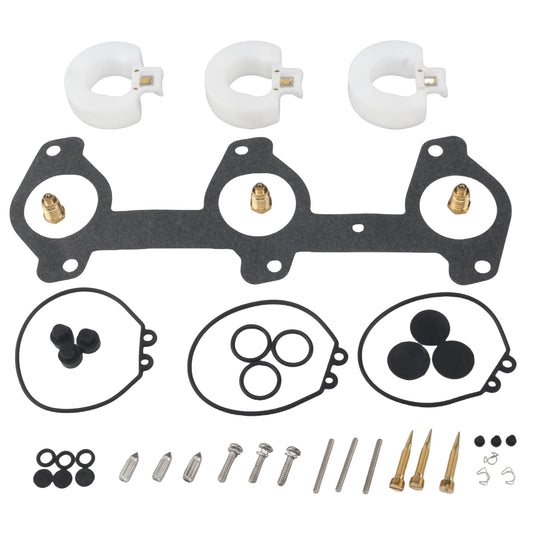

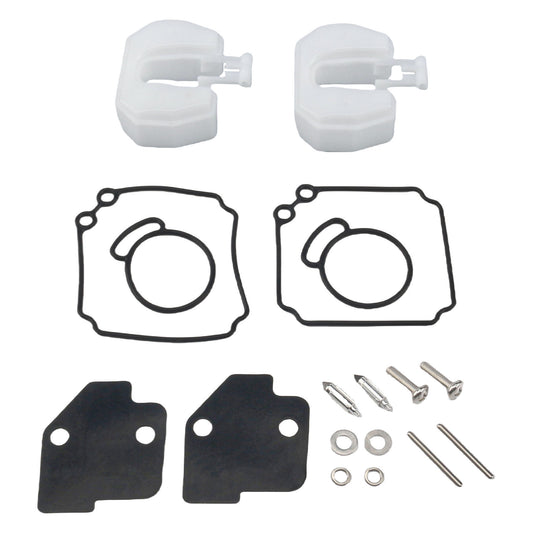
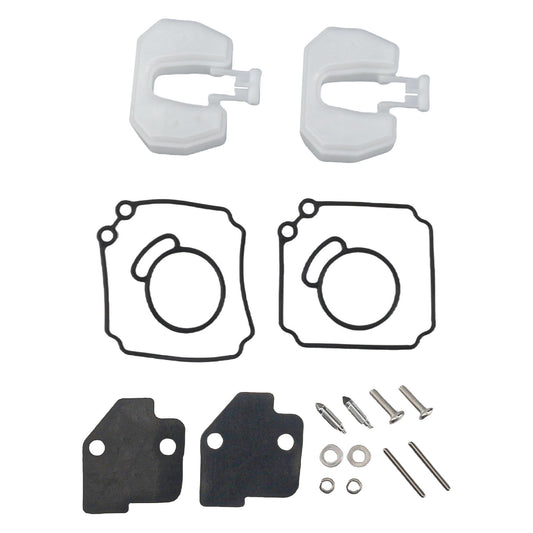



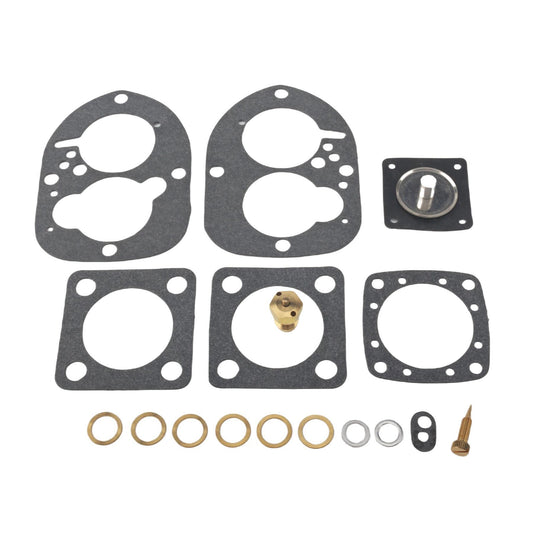
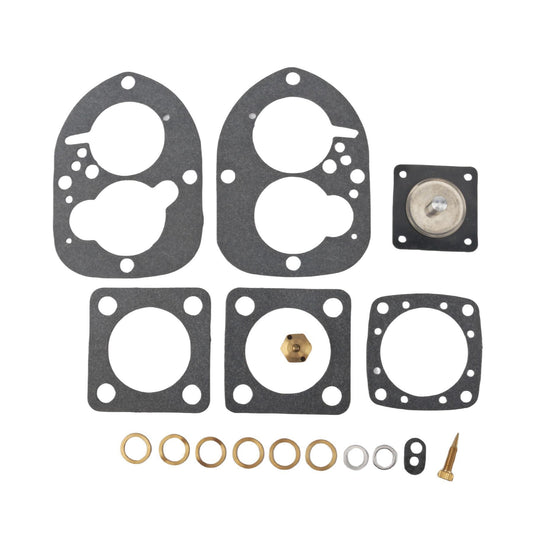

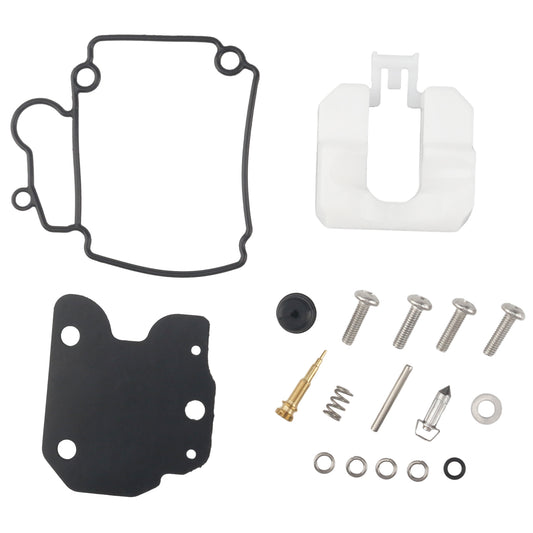
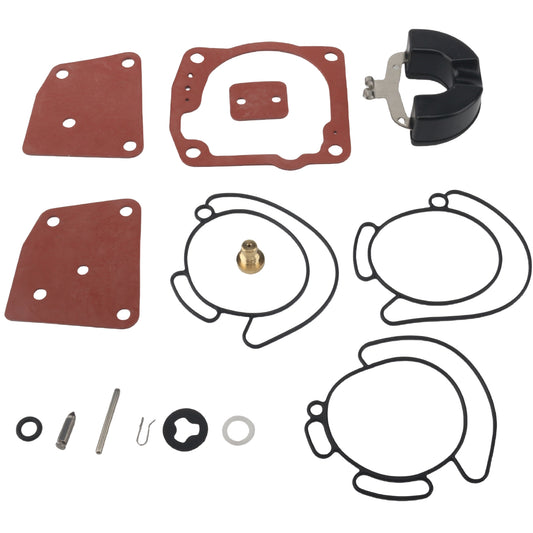

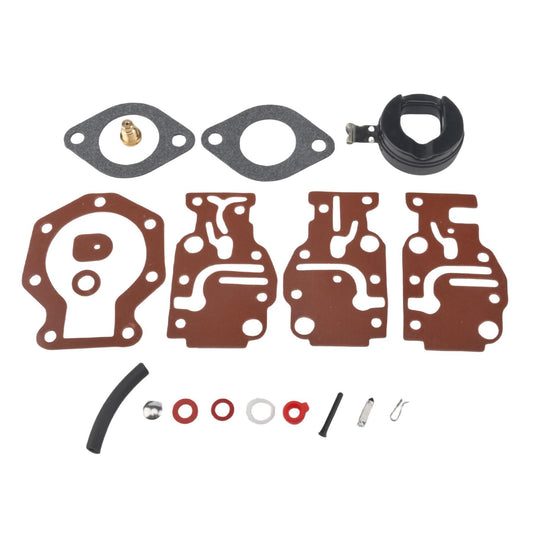

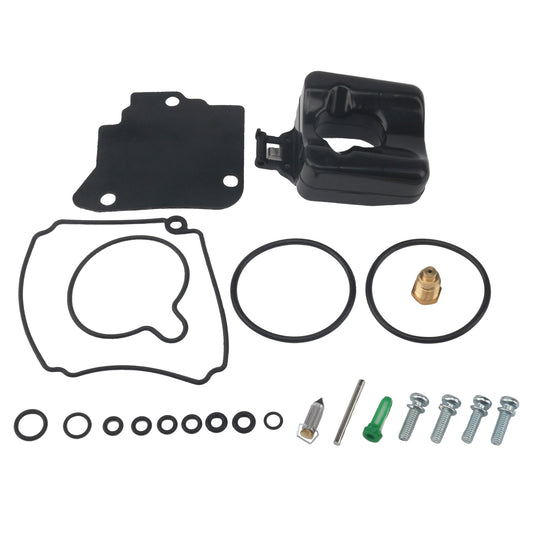
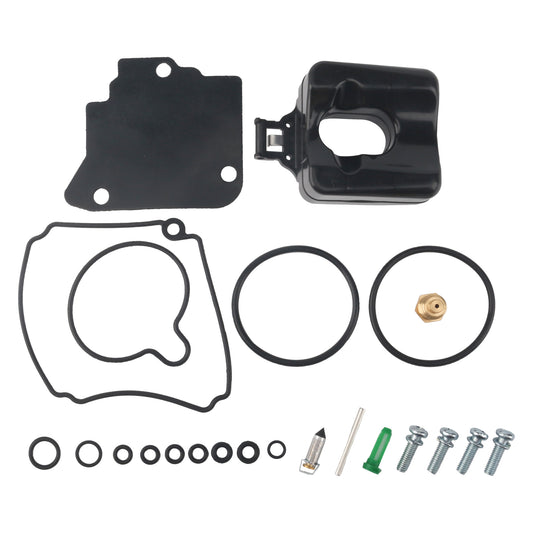
Leave a comment
Please note, comments need to be approved before they are published.